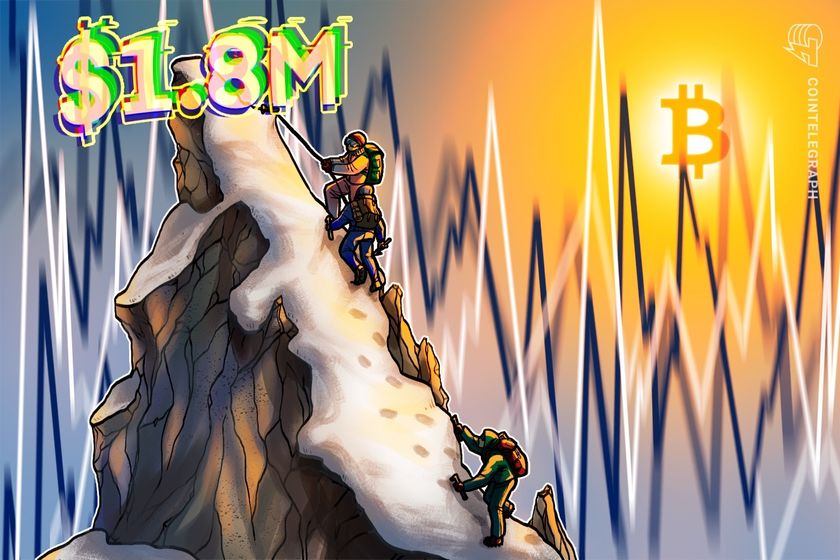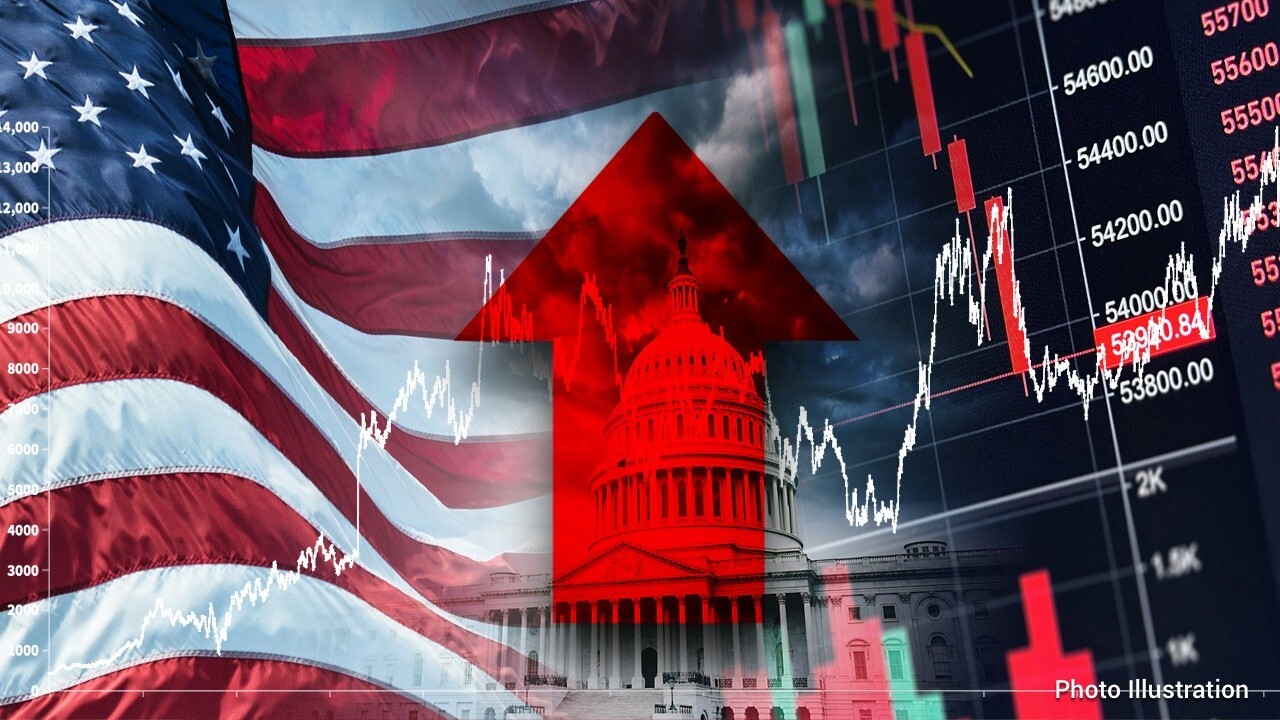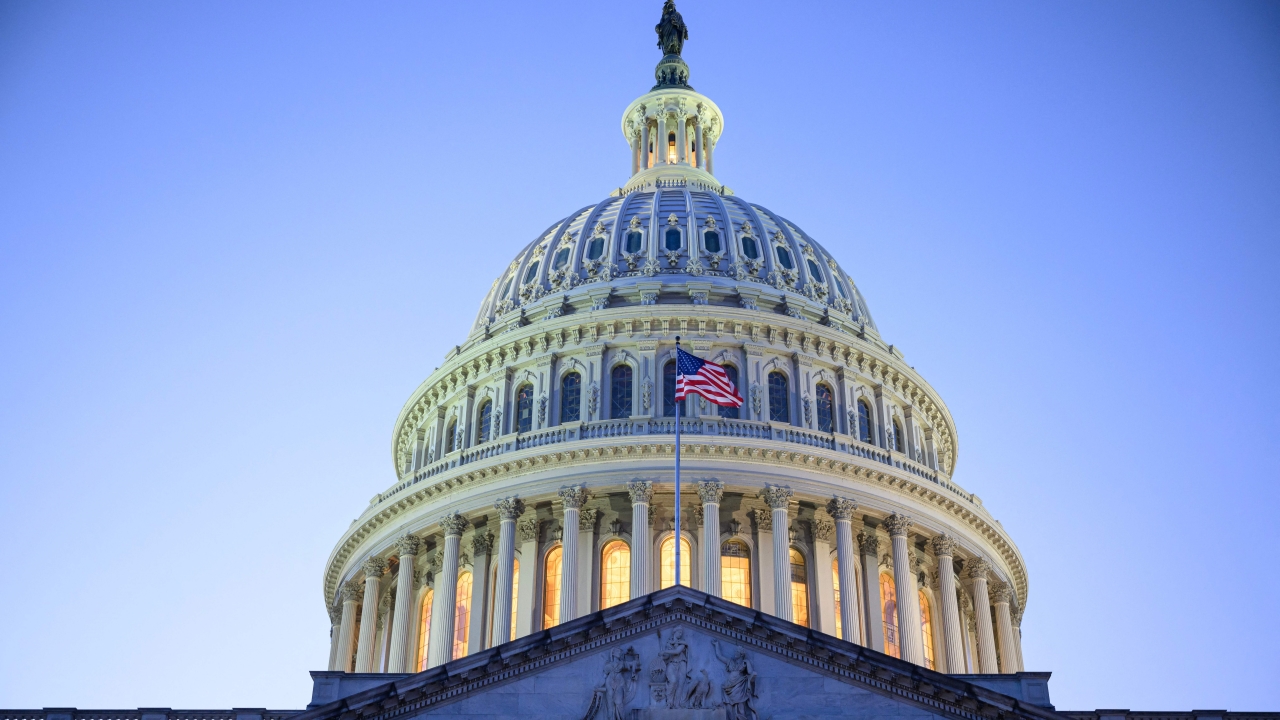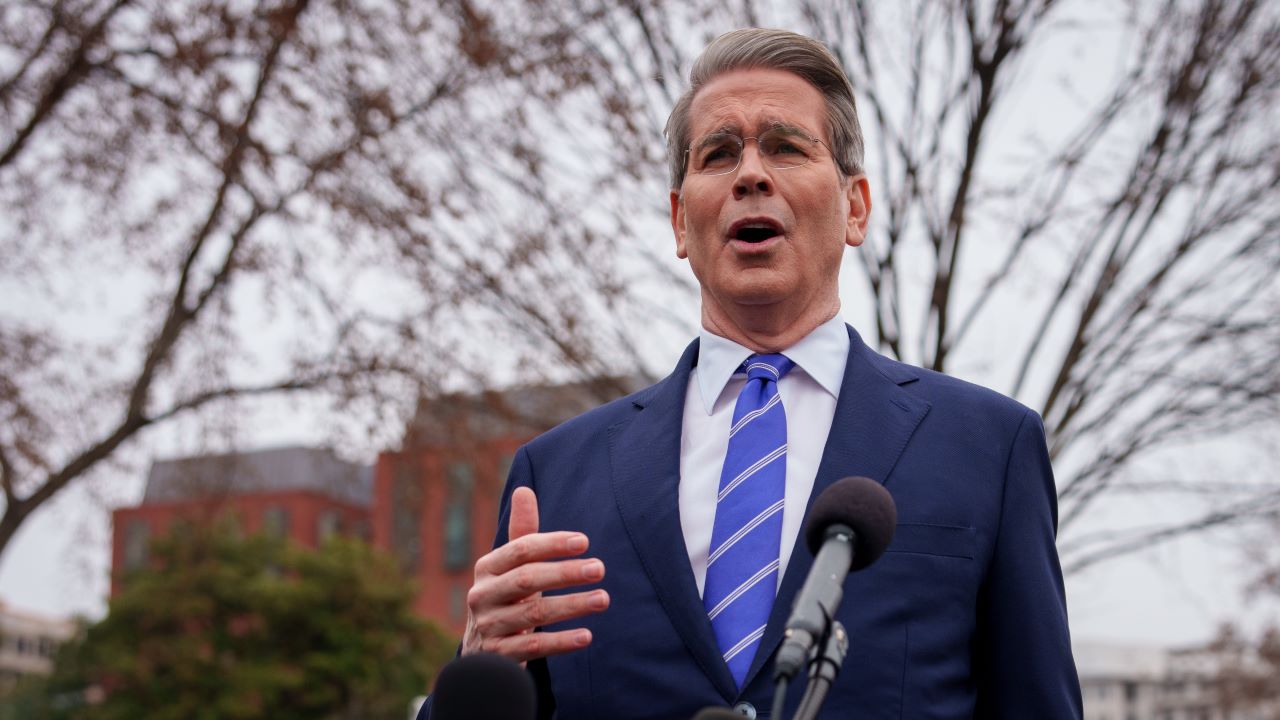Water bills rise, putting some at risk of falling into 'water debt'
Water bills are on the rise and it could cause more cash-strapped households to fall into "water debt," according to a recent report from the Bank of America Institute.
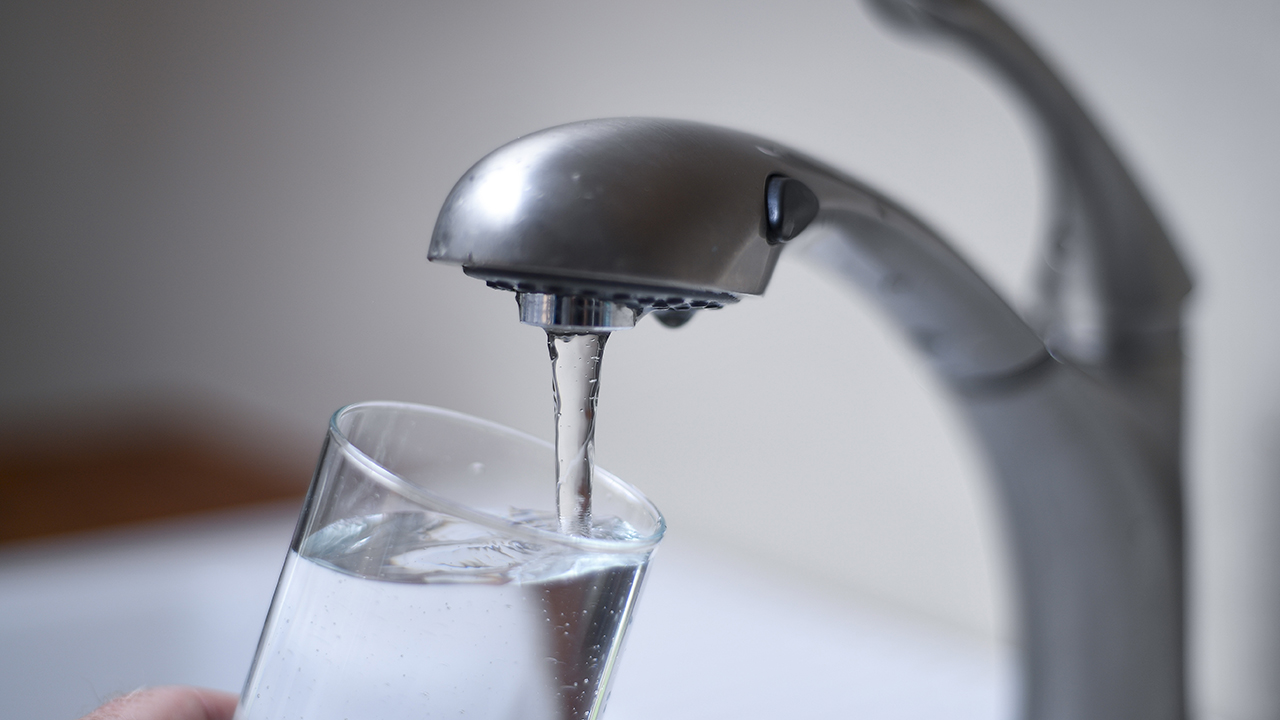
The cost of water has surged across the U.S., putting certain cash-strapped households at risk of falling into "water debt," according to a recent Bank of America report.
Costs for utilities such as water and sewer service, which includes trash collection, have increased at more than twice the rate of overall consumer prices over the past year, with the median monthly water utility payment rising 7.1% year over year in March, according to Bank of America data.
There are approximately 50,000 regulated public water systems, also referred to as community water systems, that provide water year-round in the U.S., according to data from the Environmental Protection Agency (EPA).
INFLATION INCREASED AT A SLOWER PACE IN MARCH
Bank of America's analysis shows that those water systems are under pressure from a combination of growing populations, aging infrastructure and extreme weather patterns.
Today, the demand for water continues to rise, with the average American consuming 82 gallons of water a day in their home. This means a family of four would use around 10,000 gallons in a 30-day period, according to the report.
Bank of America Institute economist Taylor Bowley told FOX Business that rising capital and structural costs, industry terms for maintenance and treatment, are driving the price hikes, which are being passed onto consumers.
In order to maintain, upgrade and replace critical drinking water and wastewater infrastructure, the U.S. will need to spend more than $744 billion over the next 20 years, according to the EPA.
Consumers, according to the report, are also being disproportionally impacted. Water bills have risen across the country since 2022, but the bills in the mid-Atlantic, Pacific and West North Central regions rose faster than the national rate, according to Bowley.
ENERGY PRICES ARE HIGH AND PEOPLE IN THESE STATES FACE THE HEFTIEST ELECTRICITY BILLS
In 2024, the mid-Atlantic region saw the greatest increase, with prices rising 9.5% year over year.
The data also showed that higher-income households’ bills have been rising faster. A big factor is because those households typically have larger properties and, as a result, greater water usage. Climate change also factored into cost too.
For instance, "drought conditions were prevalent in the third quarter of 2024 throughout the country, and higher-income households’ water usage is more sensitive to weather given larger lawns to water and less cost sensitivity," Bowley said.
However, water bills are particularly burdensome for lower-income households given that they pay more as a percentage of their overall income. The federal Low Income Household Water Assistance Program (LIHWAP) helps by providing funds to assist low-income households with water and wastewater bills.
The program has already served 1.7 million households in four years. But if the federal program is not funded at previous levels, more households could fall into "water debt," according to the report.
While one's water bill is typically a small component of their overall utility payment, those payments can eat into a consumer's discretionary income, according to Bowley.
"If this continues to rise in a time when consumers are already feeling cost of living pressures, then it’s just one more component of price hikes that will make necessity spending costlier and ultimately less money available to spend on other things," Bowley said.
GET FOX BUSINESS ON THE GO BY CLICKING HERE
Bowley said it is important to keep an eye on the proposed deregulation initiatives the EPA proposed back in March. If they go into effect, "it could alleviate some of the financial pressure for local water utilities," though the extent to which they will actually be beneficial is under question, according to Bowley.
What's Your Reaction?
























